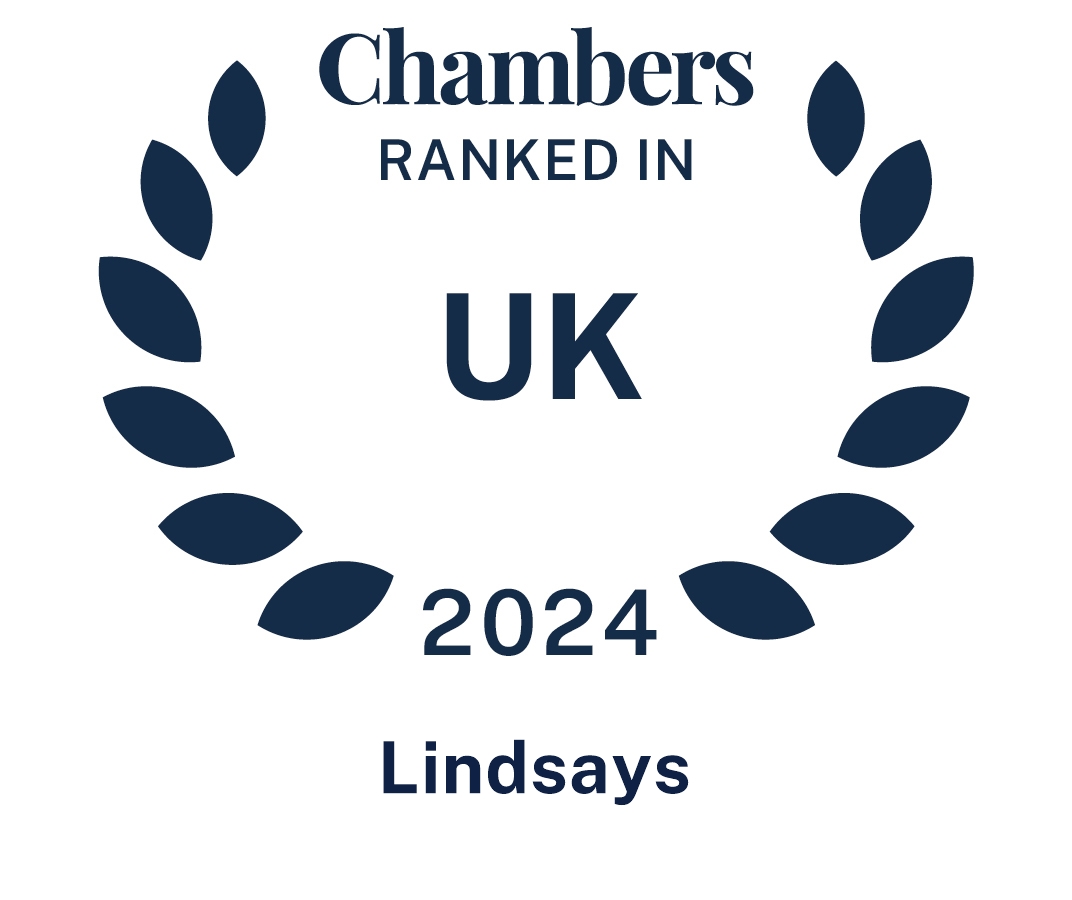Reinforced autoclaved aerated concrete (RAAC) – what is it?
RAAC is a building material which was used in the construction of many buildings between the 1960’s and 1990’s. Amongst other buildings it was used in the construction of:-
- Schools;
- Universities;
- Hospitals; and
- Social housing
It is a cheaper alternative to standard concrete and is quicker to produce and easier to install.
What are the dangers of RAAC?
It is aerated (like an aero chocolate bar) and it is a lot weaker than traditional reinforced concrete. It has a shorter lifespan of around 30 years. Because it is aerated it is prone to structural failure when it comes into contact with moisture. The air bubbles in the concrete can allow water to enter the material. If this happens, if there is any steel bar used to reinforce the material, this can get rusted, decay and weaken.
A number of recent studies have highlighted the dangers of RAAC. Amongst others, the Health & Safety Executive (HSE) say that RAAC is now beyond its lifespan and may “collapse with little or no notice”.
What needs to be done?
Urgent surveys should be made of all buildings containing RAAC to check on its condition and what needs to be done to make the structure of the building safe.
If you think you live in, work in, or attend as a student a building containing RAAC, then you should make enquiries with the owner/landlord or occupier of the building to see what has been, or is being, done to address the risks of RAAC.
How long have Public Authorities known about the dangers of RAAC?
As far back as the 1960’s around about the time when the material was first used in Britain its dangers were highlighted. Then the Institution of Structural Engineers (ISE) highlighted the dangers in a report which was brought to the attention of public authorities. This report highlighted that RAAC had its strength reduced by up to 40% due to air pollution and exposure to moisture. The potential safety issues of ageing RAAC were then reported in the 1980’s and 1990’s when a number of roofs collapsed leading to buildings being demolished. Then a government funded report by the Building Research Establishment (BRE) in 1996 found that RAAC panels used in housing and schools had cracks and had become distorted. This report said that while at that time there weren’t immediate safety risks RAAC would have to be monitored to check on its safety.
A later report by BRE in 2002 highlighted that material used to coat RAAC will be compromised in any panels over 20 years old, and that corrosion could occur without any visual indication that the RAAC panel was in poor condition. Effectively this meant there was a risk of collapse without warning in any panels over 20 years old; and a number of panels were inadequate and didn’t meet the building regulations at the time they were installed.
Occupier’s liability
It is clear that the problem with RAAC has been known about for a number of years. Occupiers have a duty to those entering their premises in terms of the Occupier’s Liability (Scotland) Act 1960 to take reasonable care to see that anyone present in or visiting the premises isn’t put at any unnecessary risk of injury due to any hazards because of the condition of the premises. Consequently, if the occupier of the premises has failed to take reasonable care to address the dangers posed by RAAC and an accident occurs then the occupier will be liable.
If you have been affected by any issues concerning this article and wish to discuss matters, call us today on 0800 988 8082 or complete our online enquiry form and a member of our team will get back to you right away.




